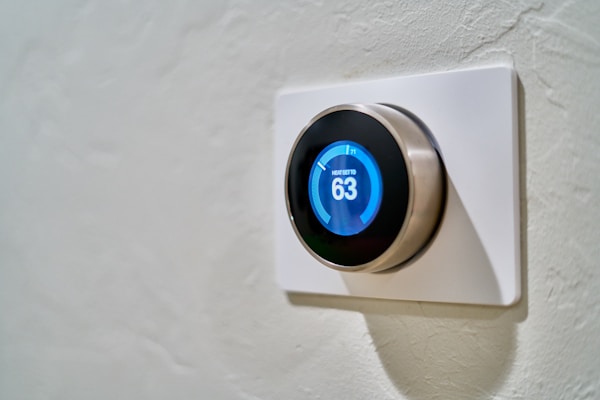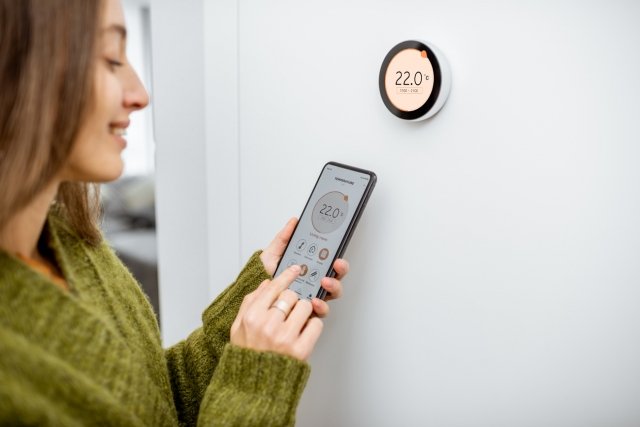Are you looking for ways to make your home more energy efficient? One easy way to do this is to ensure your thermostat is placed in the most efficient location. Homeowners can save up to 30% on their energy bills by understanding how to use a thermostat. Keep reading to learn more.
What is thermostat placement?

A thermostat is a temperature-sensitive device that is used to control the operation of a heating or cooling system. The thermostat placement is important because how you place your thermostat can affect the efficiency of your heating and cooling system. The thermostat contains a mercury switch, which measures the temperature of the air in the home. When the temperature reaches the set point on the thermostat, the mercury switch closes and sends a signal to the heating or cooling system to turn on.
When the temperature falls below the set point, the mercury switch opens and sends a signal to the heating or cooling system to turn off. When installing a thermostat, following the manufacturer's instructions is essential. This will ensure that your thermostat is mounted and wired correctly and will function properly. There are several considerations when mounting a thermostat, including the location of the wires in your wall. The thermostat should be placed where it can be easily accessed.
It is also essential to consider the type of heating and cooling system you have. Some systems require a C-wire for power, so check before purchasing a new thermostat.
Where should you place your thermostat?

The thermostat placement is essential for a home's efficiency and comfort. Here are some tips for placing your thermostat for maximum efficiency. Place your thermostat in a central location in your home. This will help ensure that the temperature is even throughout your home. If you have a smart or wi-fi enabled thermostat, place it in an area with a good signal.
Make sure there is no furniture blocking the vents near the thermostat. This will prevent the furnace or air conditioner from working properly and reduce efficiency. Do not place your thermostat near windows, doors, or other sources of drafts. Drafts can cause the temperature reading on the thermostat to be inaccurate and could lead to increased energy usage.
Why do you need to balance the use of fans and AC?
There are a few ways to balance the use of fans and air conditioning to save energy. One way is to adjust the thermostat. People should generally set their thermostats at 78 degrees Fahrenheit during summer days and 68 degrees Fahrenheit during winter nights. However, this may not be efficient for everyone. For example, someone with a substantial home might need to set their thermostat higher for the AC unit to cool the space properly. Conversely, someone living in a small apartment can probably get away with setting their thermostat lower without feeling too cold.
Another way people can save energy when using fans and air conditioning is by using ceiling fans instead of air conditioners whenever possible. Ceiling fans circulate air throughout a room and create a wind chill effect that makes people feel cooler. They also use much less energy than air conditioners, which can help save money on utility bills. Finally, people can save energy by ensuring their AC units are appropriately sized for their homes. If an AC unit is too large or too small for a home, it will not work as efficiently as it should and could cost more energy bills each month.
By taking these steps to balance the use of fans and air conditioning, people can save money on their utility bills while still staying comfortable indoors.






